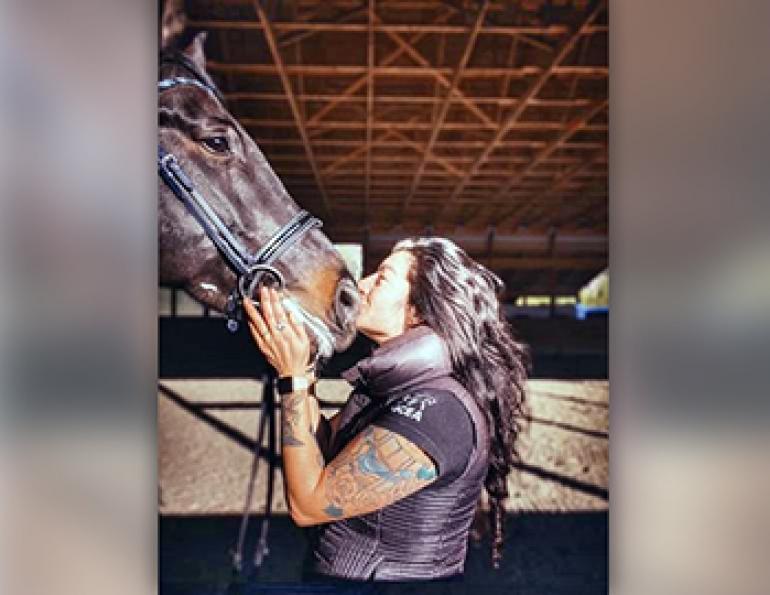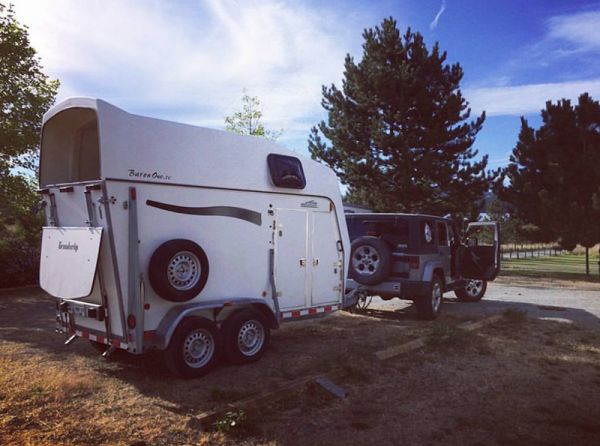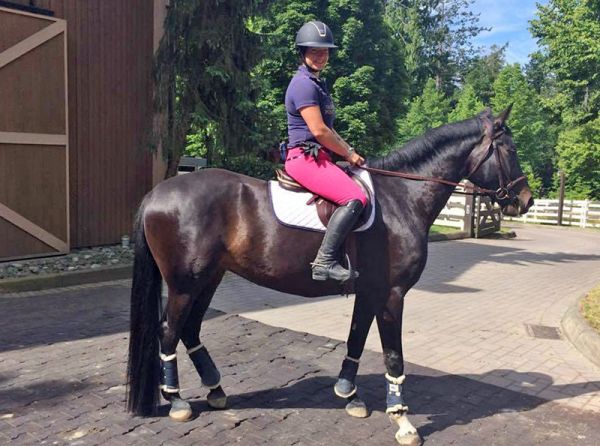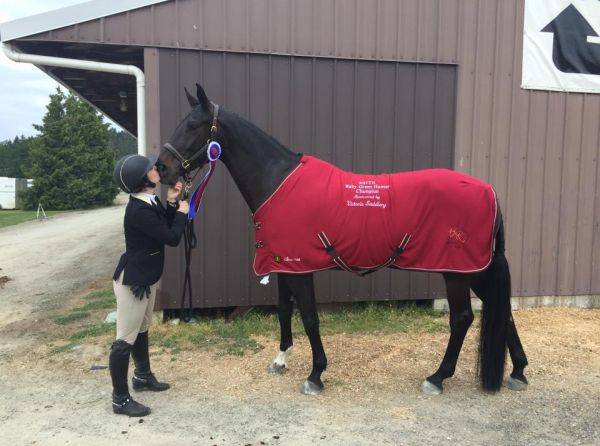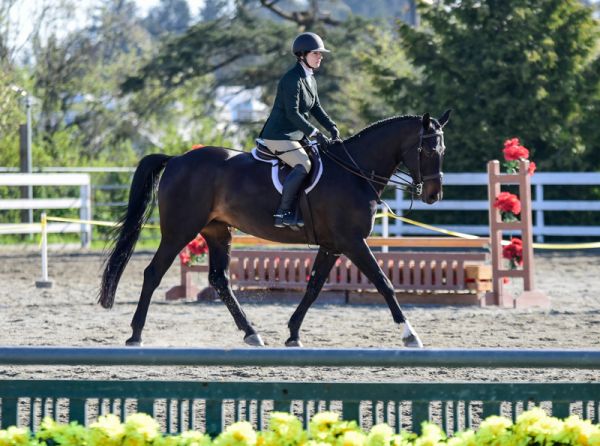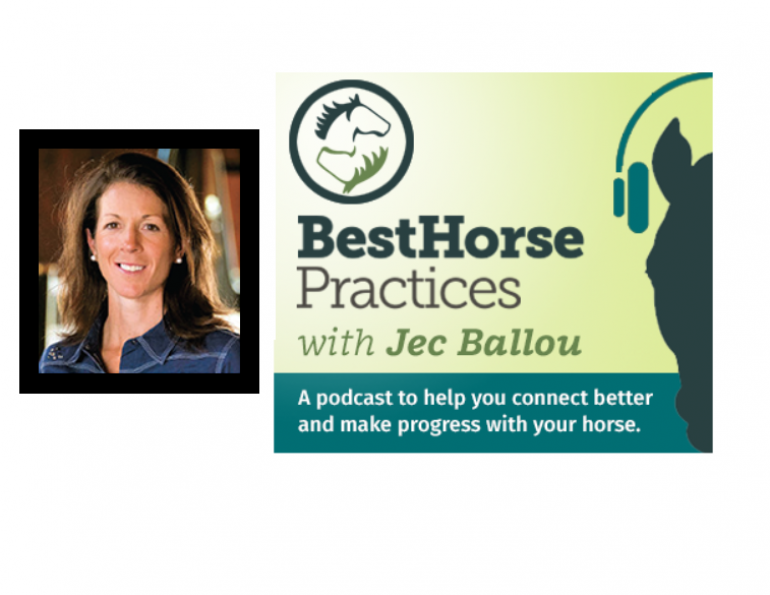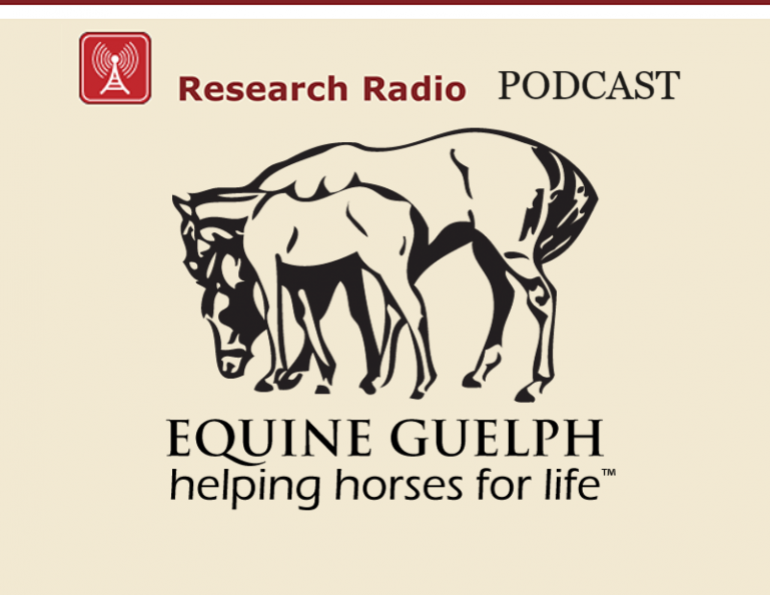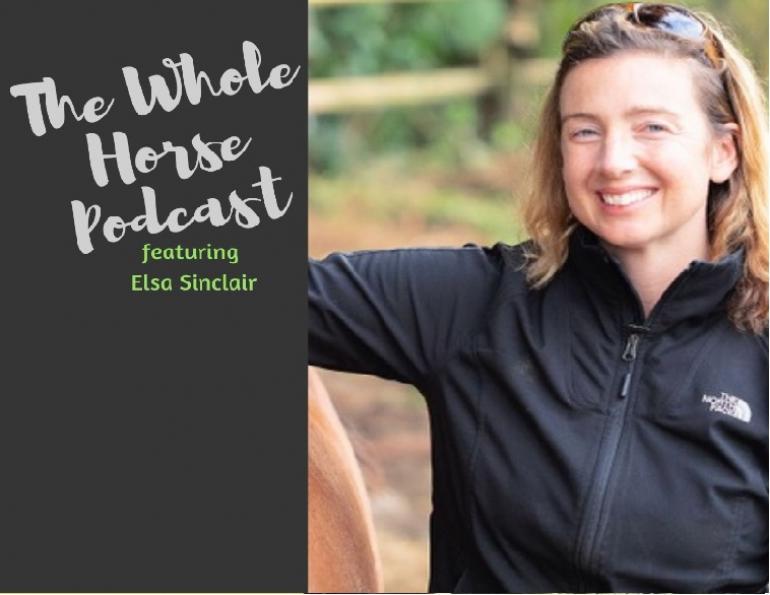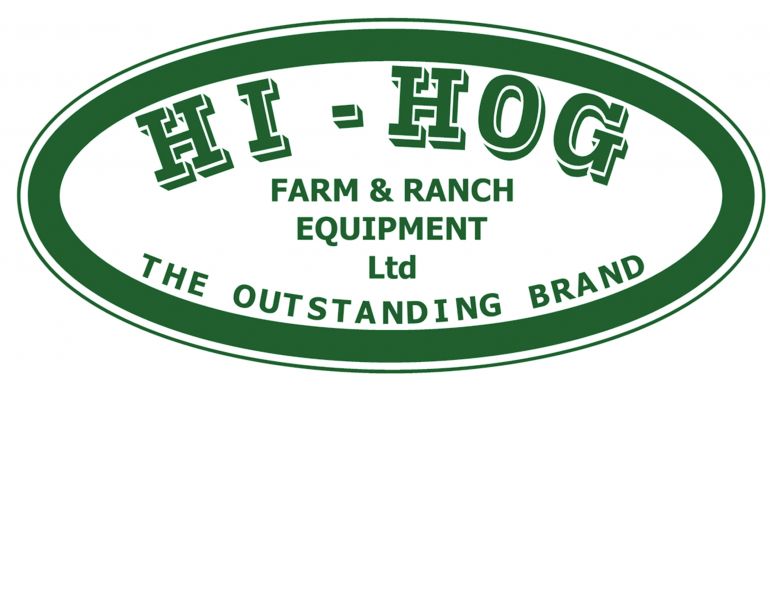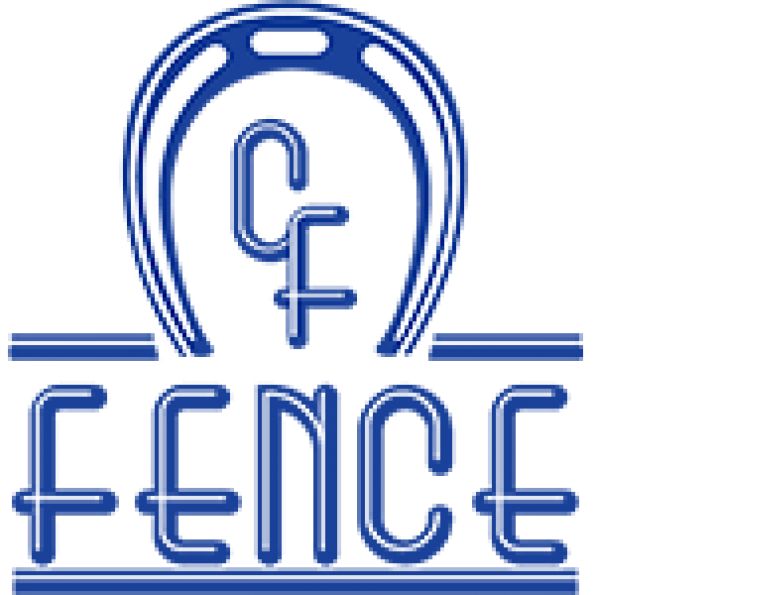I have always thought that each and every horse that comes into our lives is there to teach us something. And while I still firmly believe that, I am also starting to think that some horses are a puzzle. And if we're lucky enough, we get to put all the puzzle pieces together to create a masterpiece: to form a well-rounded, happy, and productive horse. And I think I might have recently found the last piece of my horse’s puzzle.
If you read my blog, you will know that the past year has brought a lot of change for me and my mare, Fire — a new barn, a new saddle, a new outlook. Looking back, the year has been full of speed bumps, and even some rest stops. And that's okay. I know a lot of us put so much pressure on ourselves. When I get caught up in that pressure of feeling like I'm not doing enough or doing it well enough, I remind myself of my goal: a happy, healthy, and fun horse!
At Fire's last vet appointment, her teeth were floated, and I spoke to my vet about the possible canine teeth that seemed to be stuck in her gums. X-rays were suggested to see if those teeth might be causing some issues. Given Fire’s flair for dramatics and some unusual habits while in the bridle, all the signs seemed to point to that. Sure enough, the x-rays found four tiny blind canine teeth, and I promptly scheduled an appointment to have them taken out. I stopped riding her immediately as it just didn't seem fair to ask her to continue working if she was uncomfortable.

Canine teeth can permanently lie superficially beneath the gum, and are referred to as “blind canines.”

Canine teeth
Canine teeth are typically only found in male horses, but some mares do develop them. They are not used for chewing; their sole purpose is for fighting. They don’t usually cause any issues, but because they sit between the incisors and the cheek teeth they can interfere with the bit and cause pain and discomfort when riding. If that is the case, removing them is the best course of action. Luckily for us, Fire's canine teeth were small, with little to no root, and we were able to remove them under sedation at the barn without the need for major surgery. They came out without issue, and she had three weeks off to heal.
I noticed a change in Fire almost immediately. Even while off work, she was manageable when usually she would be like a kite in a windstorm. When I started riding her again, I was floored at how calm and willing she was, but I didn't want to get too excited.
It's been a couple of months now and I can confidently say that Fire is a changed horse. My excitement about this change is only equaled by the guilt I feel that she was previously uncomfortable or in pain. But I will default back to the previous quote of, “We do the best we can with what know, and when we know better, we do better.” Thanks Maya Angelou.
I urge you to listen to your horse and always question why they do the things they do. Do your research and ask your vet questions. Now I have a horse who is a happy, loves to work, and we are making leaps and bounds of progress with her connection and balance under saddle. And guess what? Riding is super-duper fun again.
I do hope this is the last big puzzle piece, but if not, we will do what we can to continue to create our own masterpiece!

Main Photo: Fire and April



